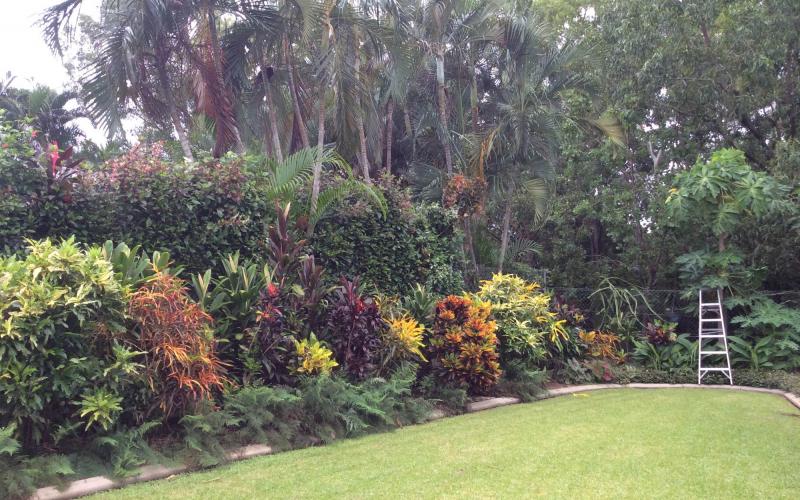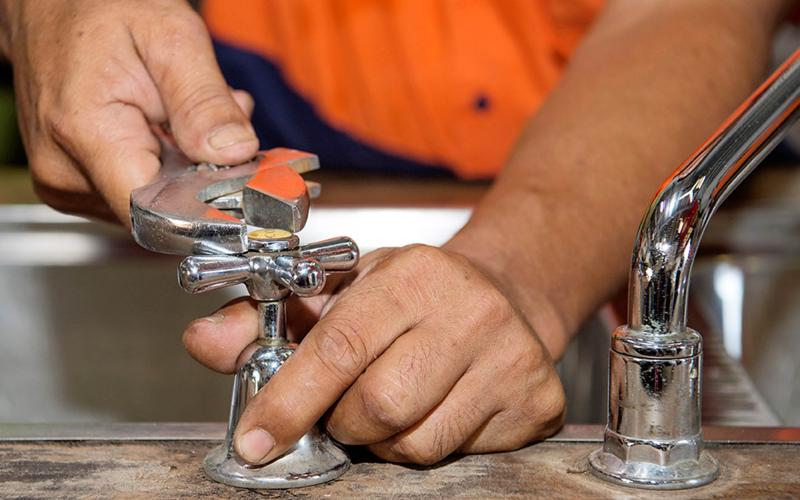How to fix common irrigation leaks
Irrigation systems can leak for a number of reasons, resulting in unnecessary water loss.
Advice:
It's always a good idea to get a professional to help you in the garden. Before you do though, here are some things you can look out for:
- If your drippers are blowing off, your pipes continually split or your joints just don’t seem to stay together, it’s probably a sign that you have too much pressure running through your irrigation lines. You can buy in-line pressure reducers or regulators to help keep your system together. Estimate how many drippers you have on the line and visit your local garden shop for some advice on which option (reducer or regulator) would best suit your situation.
- When dripper lines age, they can become brittle and leaks start to appear. You should replace dripper lines when this starts to happen, it'll save you in the long run.
- If you see water trickling out of your sprinkler even though that station is off, chances are you have a blocked solenoid valve. Check for debris or sediment stuck inside the valve as this is the most common issue. If you see a pool of water around a valve, it or a pipe could be broken, so be sure to check both before replacing any parts.
Quick tips
- Look out for areas in your garden that are too wet or green. This is a sure sign of a leak!
- Turn on your irrigation and walk along your line to look for leaks. If your irrigation lines are buried, listen for escaping water or look for soggy patches.
- Turn your irrigation off in the wet season, but once a week turn it on for a few minutes. This helps to stop blockages and flushes ants and other insects that might inhabit and damage your pipes or irrigation lines.
- Always check your system for leaks before switching it on after the wet season. While you may not have used your irrigation system, there is still a chance a leak has formed.
3 Step Leak Check
It’s a good idea to do the 3-step leak every few months.
Step 1: Ask people in your home not to use water while you do the test, and make sure that there is no water being used in your home i.e. that the washing machine or the irrigation is not on.
Step 2: Go to your water meter and take a reading of the last two red digits on your water meter - write down or take a photo of the reading.
Step 3: Wait 5 minutes – remember not to use any water during this time. Take a reading of the last two digits in red. If there was any movement of the dial, you may have a leak - even the smallest movement can add up to a lot of wasted water over a year.
Did your meter move? This could indicate that you may have a hidden leak.


